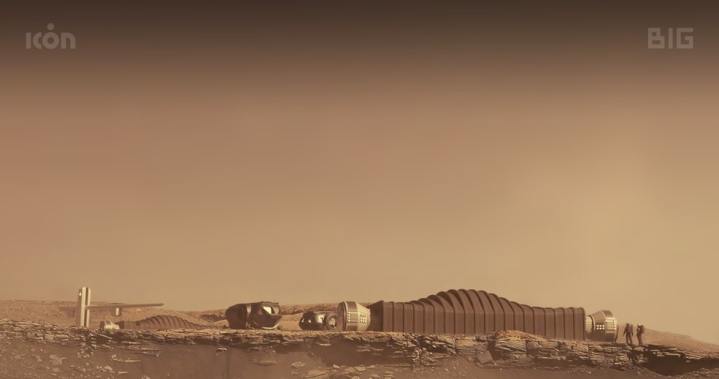
If you’ve ever wondered what it would be like to live on Mars, now is your chance to find out. NASA is recruiting crew members for a simulation mission who will live on a Mars-like environment on Earth for one year.
Simulated missions help agencies figure out what the psychological response to a year of isolation and potentially stressful tasks will be. This is particularly important for a future mission to Mars, which will be farther away from Earth than any human has traveled before.
NASA is preparing for a series of simulation missions called the Crew Health and Performance Exploration Analog, which will involve three one-year missions simulating missions to Mars and the moon. Teams of four crew members will stay in a 1,700-square-foot module at the Johnson Space Center, living and working as if they were on Mars. They’ll have to deal with challenges like limited resources and equipment failure, and they’ll have to perform tasks like simulated spacewalks, science research, and controlling robotics.
“The analog is critical for testing solutions to meet the complex needs of living on the Martian surface,” said Grace Douglas, lead scientist for NASA’s Advanced Food Technology research effort at NASA’s Johnson Space Center in Houston. “Simulations on Earth will help us understand and counter the physical and mental challenges astronauts will face before they go.”
If this sounds like your idea of fun and you have a year to spare, NASA is accepting applications for the crew now. There are quite strict limitations on who can apply, however, so you’ll have to be a U.S. citizen or permanent resident between the ages of 30 and 55 who’s proficient in English. You also need to have a science background, with a master’s degree in a STEM field or experience as a test pilot. Oh, and there’s no smoking on Mars, apparently, as only non-smokers will be considered.
As you can imagine, when choosing candidates for a mission like this, many physical and psychological factors need to be considered. NASA says, “Finalists will undergo medical evaluations, psychological testing, and psychiatric screening to determine suitability for a physically and mentally demanding long-duration isolation mission.”
If you’re interested, details about how to apply can be found on NASA’s website.



